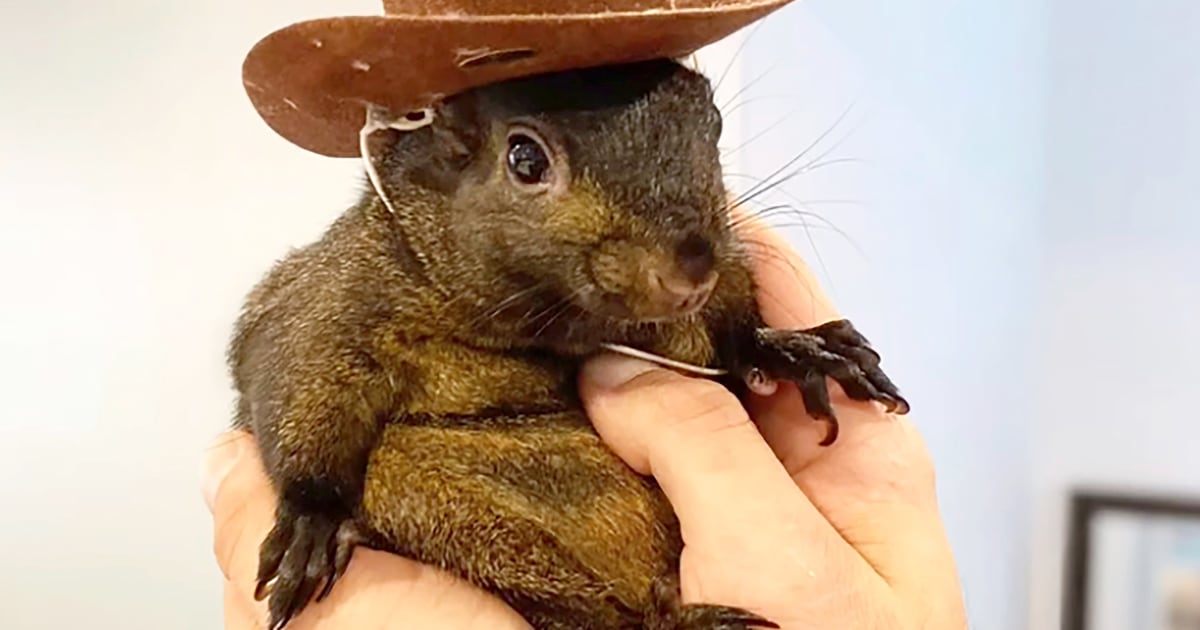Peanut, who has amassed more than half a million Instagram followers, was euthanized by officials to be tested for rabies.
Peanut, the Instagram-famous squirrel that was seized from its owner’s home Wednesday, has been euthanized by New York state officials.
The New York State Department of Environmental Conservation took Peanut, as well as a raccoon named Fred, on Wednesday after the agency learned the animals were “sharing a residence with humans, creating the potential for human exposure to rabies," it said in a joint statement with the Chemung County Department of Health.
Both Peanut and Fred were euthanized to test for rabies, the statement said. It was unclear when the animals were euthanized.



Because they generally die before they infect others. They absolutely can get rabies. I have never seen anyone say it’s “near impossible” except pro-wild-animals-as-pets “experts”.
https://sciencing.com/signs-symptoms-rabies-squirrels-5578992.html
https://www.squirrelsatthefeeder.com/do-squirrels-carry-rabies/
A couple of blogs are not sources.
And as a result rabies within small mammals populations are non-existent, because there’s no spread vector.
I could have worded it better, but the point still stands. Many years ago there was a squirrel in my back yard that was foaming at the mouth and I called it in to an official line that dealt with that kind of stuff. They told me flat out “it’s not rabies” and explained why. That’s when I did a deep dive into rabies and small animals. Every single source says “it can happen, but almost never does”.
In my case with the squirrel, the person explained to me that in the part of the country I lived in there has never been a record of a squirrel or similar rodent with a case of rabies. And it wasn’t showing any other signs, and it’s “foamy” mouth went away after a bit.
So yes, “near impossible” isn’t the same as “entirely impossible” and also considers more than just the biological possibility of the infection.